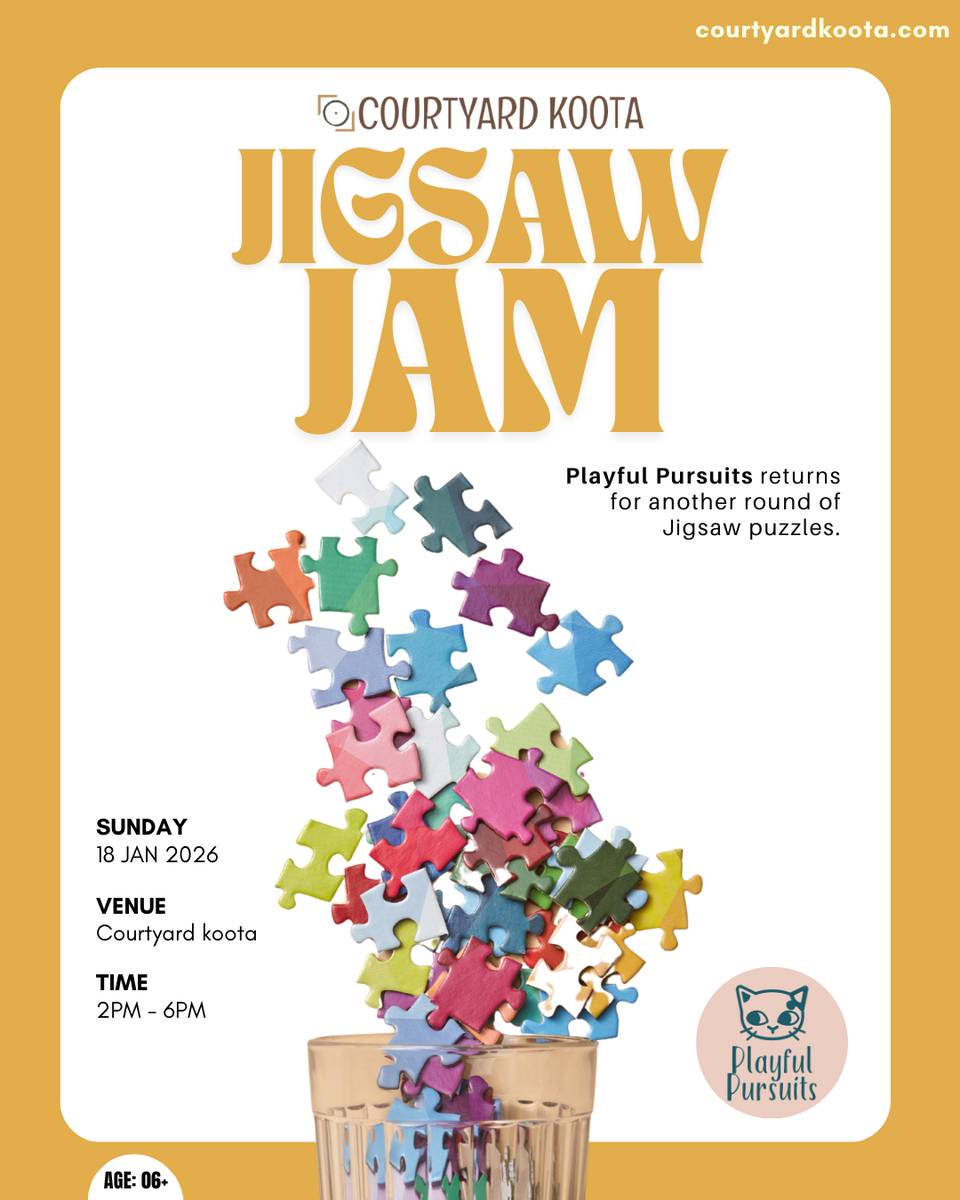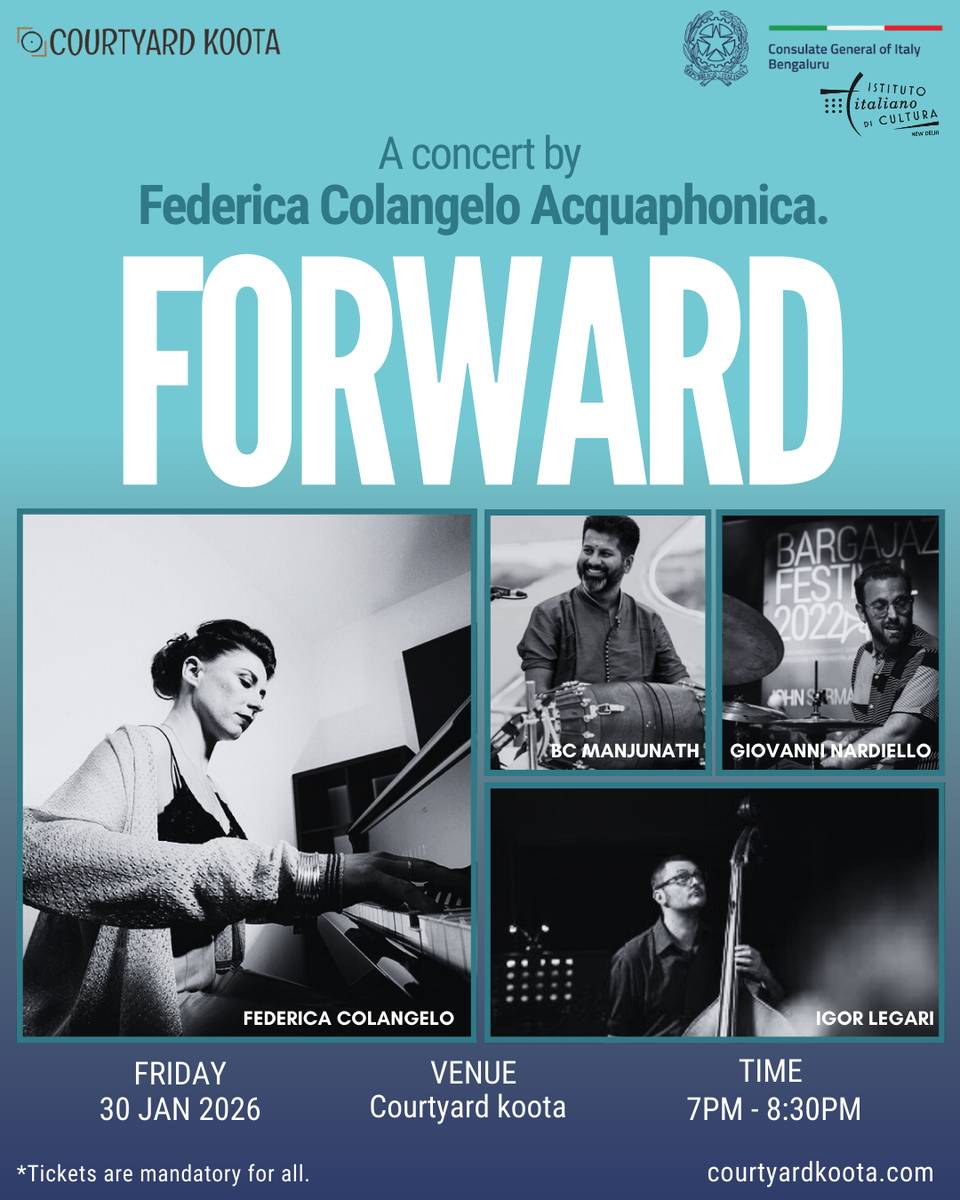Alaikadal

Details
Jun 29 2024 to Jun 29 2024 6:30 p.m.
EVENT HAS ENDED
Price: Rs 500 Book/Buy
Where
Courtyard Koota
Ground floor, Good Earth Tarana Good Earth Malhar, near Rajarajeswari medical college Kambipura, Bengaluru, Karnataka 560074
Event Description
A devised folk contemporary exploration from the depths of the sea Alaikkadal is a combination of two tamil words - ‘Alai’ means waves and ‘kadal’ means the ocean. Alaikadal signifies the constant fight of the waves to live. The performance signifies the fight of coastal communities against the never ending chains of a persistent modern society. Alaikkadal is rooted in the traditional fishing methods of the coastal communities of the Dhanushkodi Karaivalai region in Tamil Nadu. Through this movement based theatrical piece, we aim to resonate with the voices of fishermen, their way of life, the daily challenges they encounter, the absence of adequate support, and the underlying causes of their oppression. About the Karaivalai fishing community Fishing is one of the the primary occupations of coastal communities who depend on the sea for their livelihood. The Karaivalai fishing method is deeply rooted in the traditions of Tamil Nadu and certain regions of Sri Lanka. It is an ancient technique that requires sheer physical strength and manual labor rather than technology. The process includes 3 main resources - a boat, a net and manpower. One part of the net is left on the shore while the other part is extended into the sea using a boat. 30 to 40 bodies including men, women, and children, together in unison pull the net from the shore to reel in their catch for a minimum of 4 to 6 hours. At the same time, they take work as a celebration and entertainment by singing the folk song Amba to invigorate themselves as they work. This cycle usually occurs twice a day. The profits garnered from the catch are then distributed into three shares: the first share is allocated to the boat owner, the second to the net owner, and the third to the individuals involved in pulling the net. This intricate system reflects a communal effort embedded in the historical fabric of coastal livelihoods. Karaivalai fishing method predates modern technology and embodies a collective spirit that benefits and sustains the local community, coexists with nature and prioritizes environmental sustainability. This stark contrast signifies a commitment to avoiding the detrimental impact on the food chain and the pitfalls of excessive labour exploitation prevalent in today's fishing practices. The community’s ethos sets it apart as a society, driven not by greed and profit but by a diligent approach to fishing. In the aftermath of the 1964 cyclone disaster the government deemed the area unsuitable for human habitation. However the people of Dhanushkodi persist, navigating through threats and uncertainties, driven by their expertise in sea life. Presently, over 150 to 200 families continue to reside in this area, devoid of electricity, hospital facilities, and secondary school amenities. Fishing remains not only as their primary source of livelihood but also a testament to their resilience in the face of adversity. About the performance Junafar the director, is a native to the region and is a part of this coastal fishing community. No one has ever documented the way of life of the people of the community that engage in Karaivali. As an artist from this fishing community, Junafar wants to echo the life of his community and be its voice. As a choreographer / movement artist himself, the director aims to convey his feelings and thoughts through physical movements. Alaikkadal embodies the play between artists and the physical labor of the Karaivalai fisher community. The piece integrates contemporary movements, drawing inspiration from the gestures and voices of fishermen. This will be complemented by traditional folk instruments referenced in ancient Tamil literature associated with the sea.The synthesis of music, movement, and visuals ensures that the audience not only gain an external perspective of the ocean but also develop a nuanced understanding of the fishermen as intrinsically linked to the expanses of the ocean. Furthermore, the director wishes to consider this as a platform to showcase not merely the sorrows and hardships of the people concealed within him but a wave symbolising the resilience of his community. It represents an artistry that also celebrates their triumphs, much like an eternal wave breaking free without the need for a defined form.

